Crafting Subplots
 Happy Saint Patrick's Day
Happy Saint Patrick's DayThink about St. Patrick's story, son of a Roman father, kidnapped by Irish pirates and enslaved in Ireland. If we were writing a novel about him, might we not have a subplot, perhaps about the people with whom he'd been enslaved, and what happened to them when he returned to Ireland? But why would we do this?
 In Building Better Plots, author Robert Kernan rather thoroughly discusses the use of subplots. I’m using his ideas, but also inserting my own thoughts.
In Building Better Plots, author Robert Kernan rather thoroughly discusses the use of subplots. I’m using his ideas, but also inserting my own thoughts.Purpose of subplots
 Subplots provide diversion or relief
Subplots provide diversion or reliefIn our main plots, we try to build the tension to keep the readers turning the pages, but readers also need some breathing room, some relief from the tension we’ve created. Subplots are perfect for this. At a point of high tension, turning to the subplot not only provides that “breathing room” but still keeps the pages turning to get back to what is going to happen in the main plot
Subplots as context or background – to enlarge tone
One of the ways to bring our setting to life, our time period, the “world” we are writing about is to use the subplot to show more of the place, the culture, to reinforce the tone of the story. In the case of a Regency historical, subplots can show more of what life was like in that era. In stories like Maureen’s Mossy Creek novellas, subplots show more about life in Mossy Creek.
Subplots as backstory
This is a special sort of subplot—flashbacks illuminating characters’ backstories, subplots about the main plot, sorta. Flashbacks and backstory can enrich the main story by illuminating your characters motivations, increasing reader sympathy, or in the case of a reunion story, showing the origins of the romance.
Subplots to tell concurrent or parallel stories
One type of subplot I love in a romance is a secondary romance. What could be better for a romance reader than two romances in the space of one book? You can use these sorts of subplots to either strengthen the theme of the main plot, show a variation on the theme, or show a complete contrast. Sometimes fiction uses a Parallel stories structure. This is where the stories of several characters are told, one after the other or a little bit at a time. The stories are connected in some way, especially at the end.
Subplots to develop Characters
Showing your main characters in the subplot gives an opportunity to show them in a different context. You can show them reflecting on the main plot or put them in a situation that shows a different part of their personality. You can show their strengths and weaknesses. Sometimes in using subplot this way you can foreshadow something important, like that first scene in Raiders of the Lost Ark foreshadowing Indie’s fear of snakes.
Placement of subplots
 The most important thing to keep in mind in choosing where and how to place your subplots is to make certain they do not detract from your main plot. Subplots can be shown in one scene (like a flashback) or several, but it is important to establish the main story first. Use logical entry points and try not to interrupt the flow of the main plot. Kernan says to wrap up the subplots before the crisis begins, but I think you can vary this a little, especially if you have woven all the threads of the plot and subplots together. The subplots should be resolved before the main plot, so as not to distract from your big ending, though.
The most important thing to keep in mind in choosing where and how to place your subplots is to make certain they do not detract from your main plot. Subplots can be shown in one scene (like a flashback) or several, but it is important to establish the main story first. Use logical entry points and try not to interrupt the flow of the main plot. Kernan says to wrap up the subplots before the crisis begins, but I think you can vary this a little, especially if you have woven all the threads of the plot and subplots together. The subplots should be resolved before the main plot, so as not to distract from your big ending, though.We’ve often discussed what to do when we get stuck. One more thing to try is a subplot. If I am agonizing about what sort of scene to write next and can’t think up enough scenes to get me to the end of the book, sometimes it is because my story needs a subplot. In my latest book, The Vanishing Viscountess, that is how the secondary romance was born and I had fun thinking of ways to weave it in to the main plot.
What are some of your ideas about subplots?
Do you have examples of subplots done well? Some of your favorites?
Come to my website and enter my contest for a chance to win one a signed copy of my The Mysterious Miss M and How to Seduce a Duke from Kathryn Caskie, celebrating the release of Kathryn's How to Propose to a Prince.
Labels: How to Write, Subplots

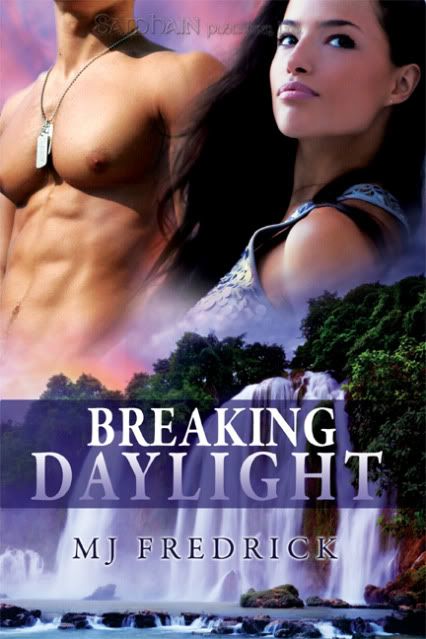
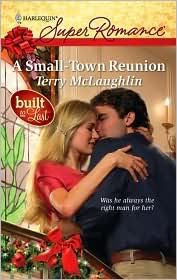
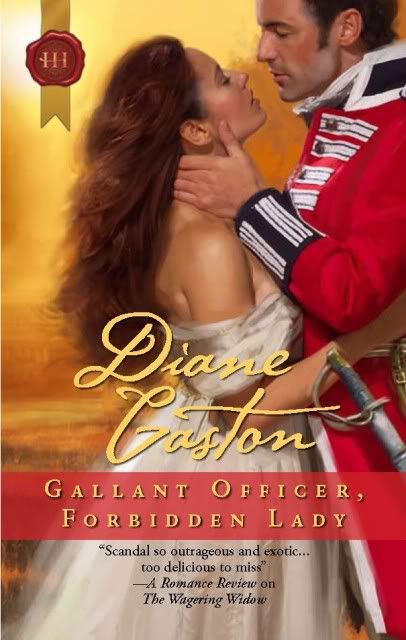



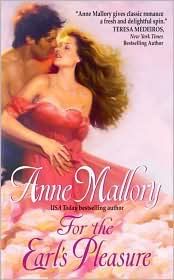

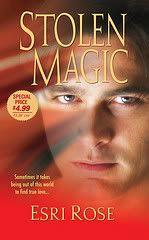
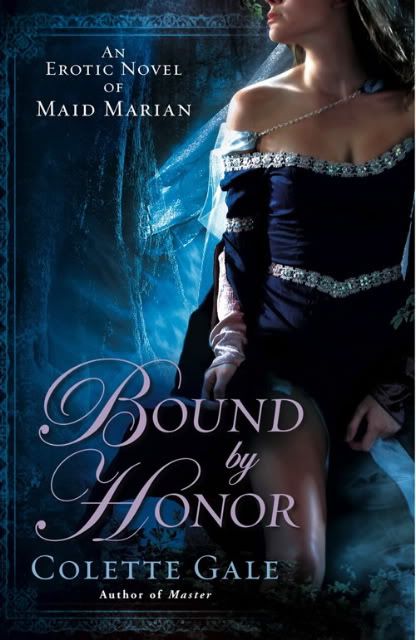
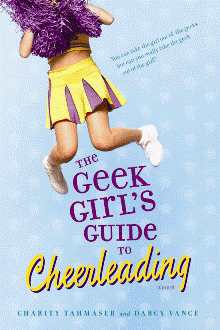
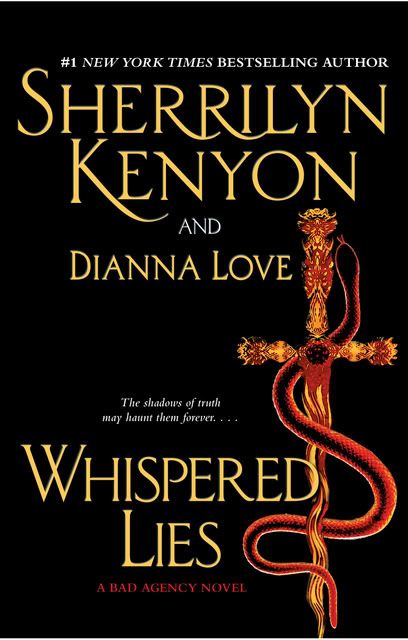
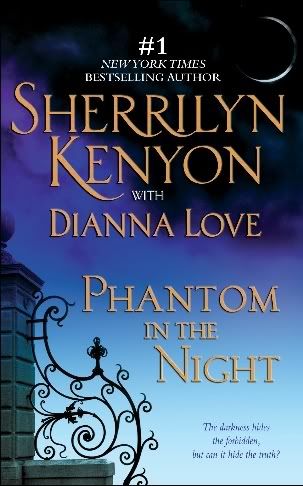
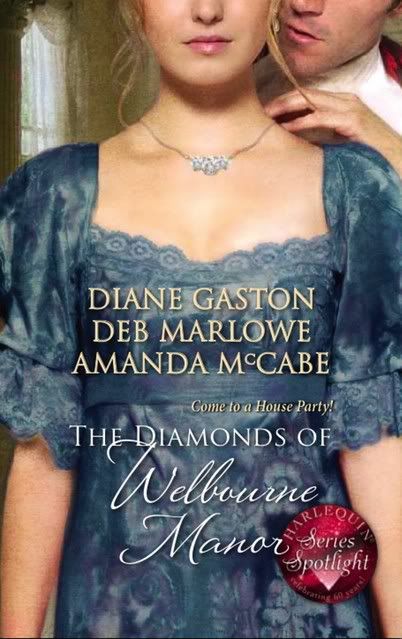


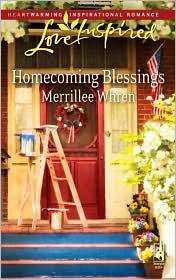
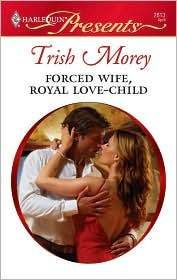
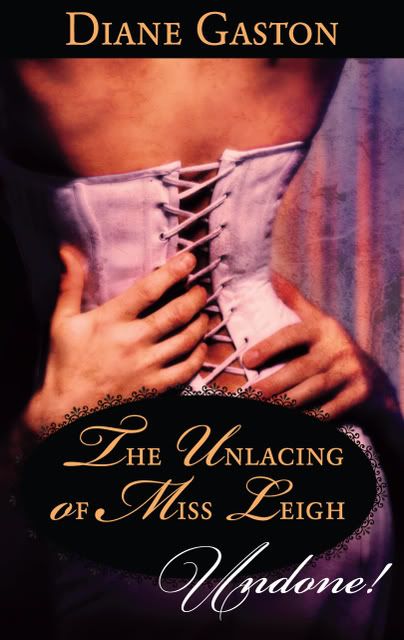
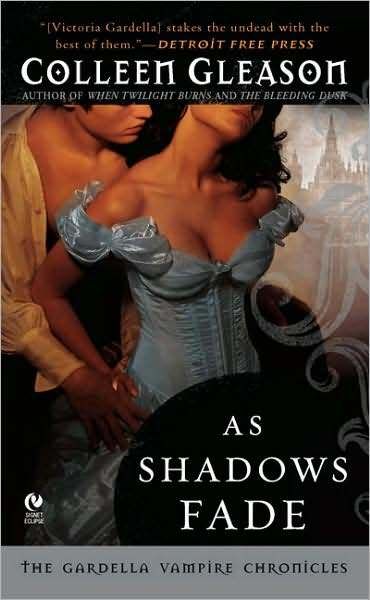
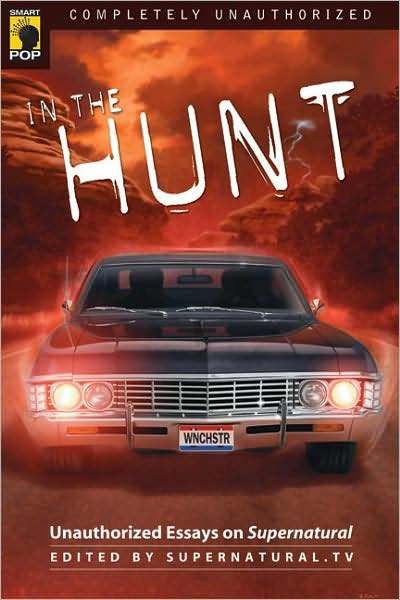


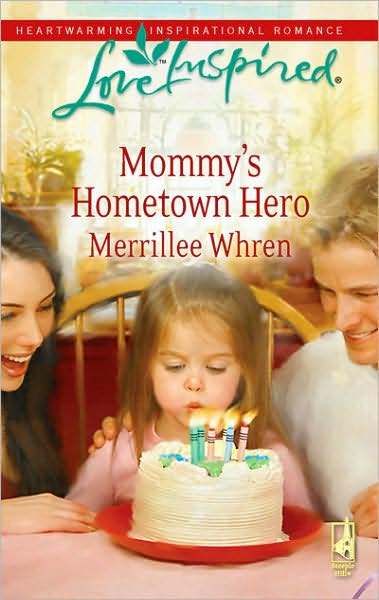
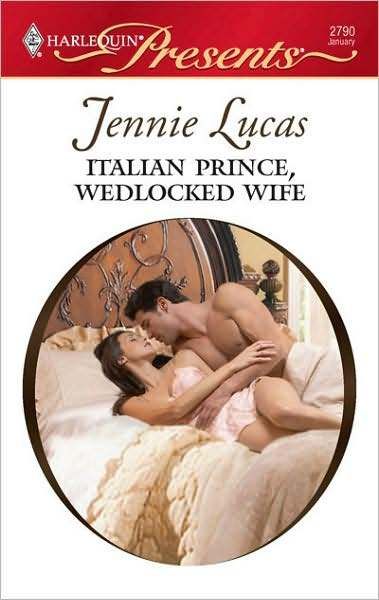
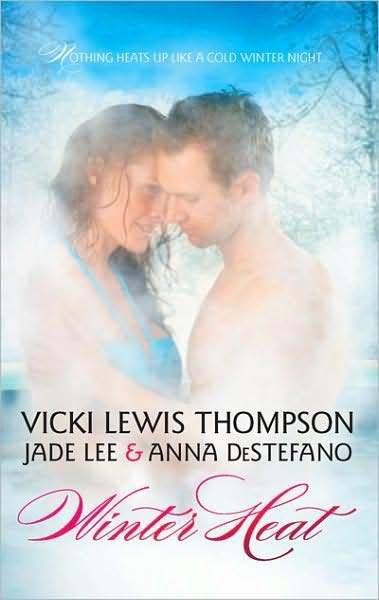
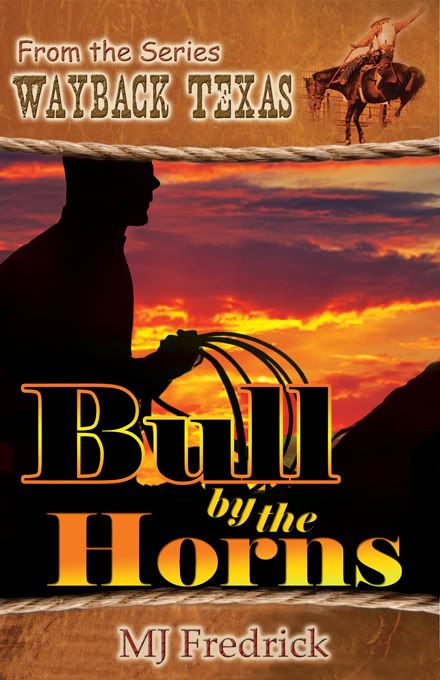
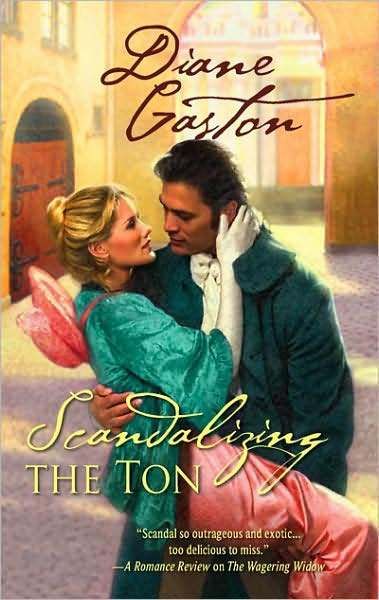
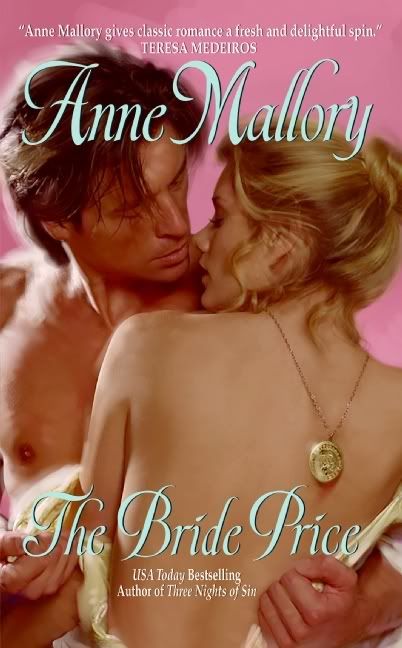
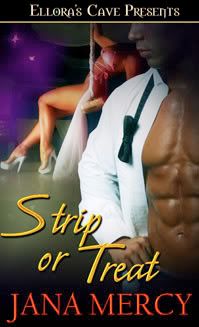
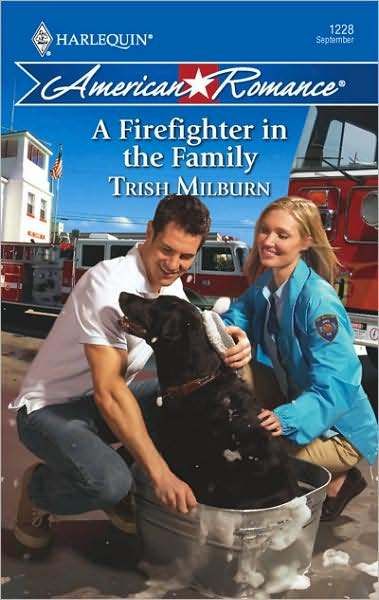
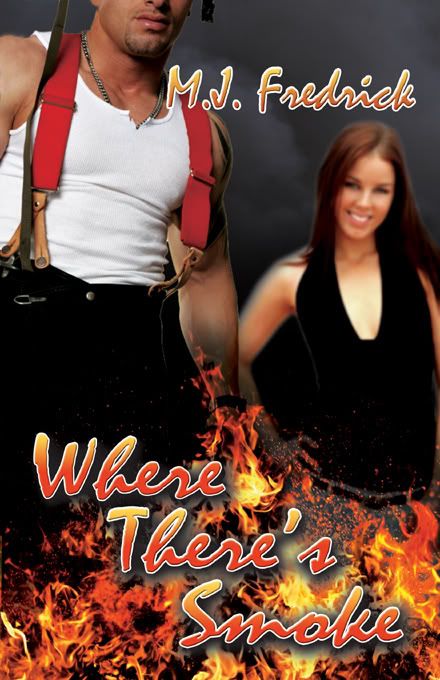
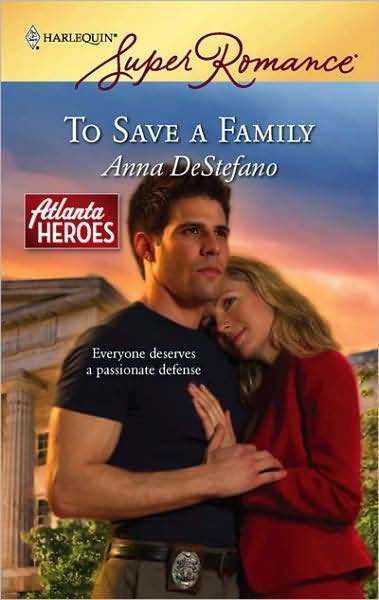
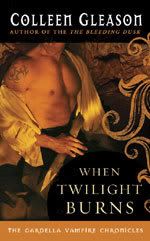

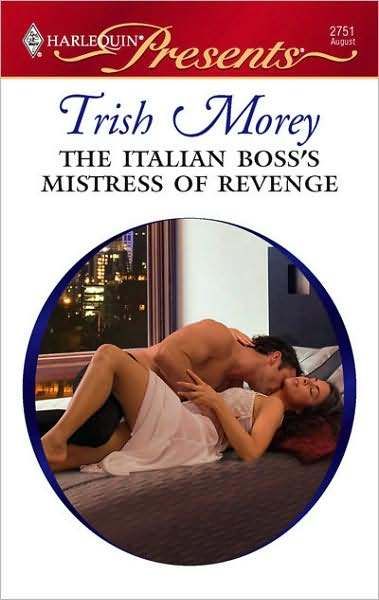
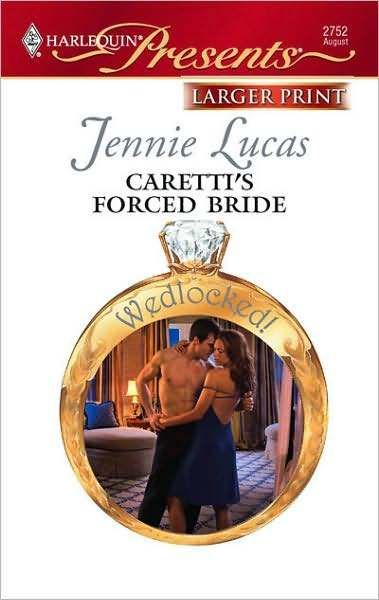


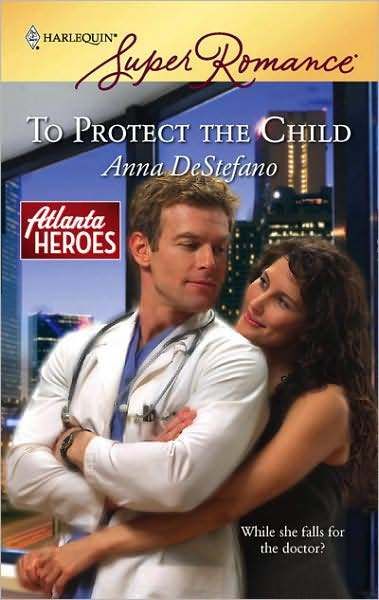

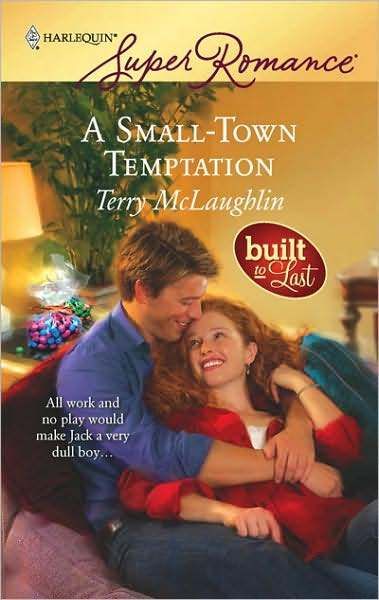

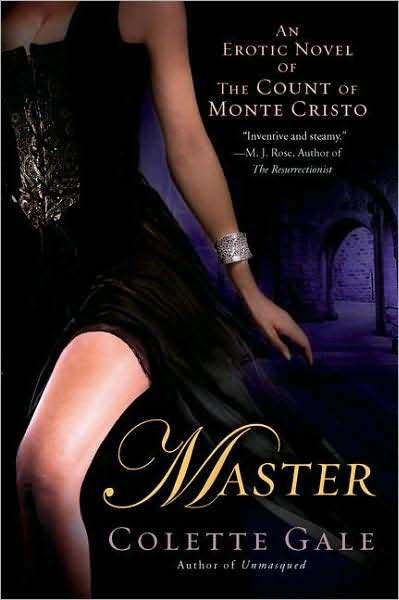


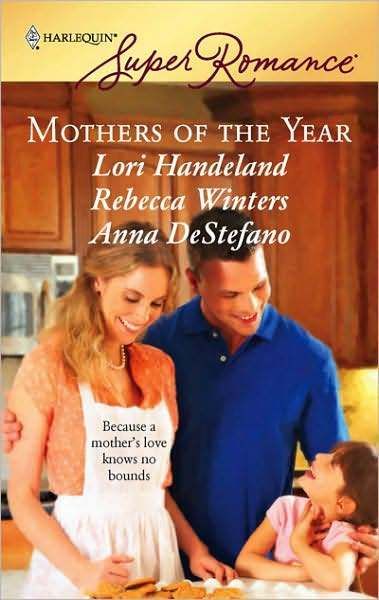

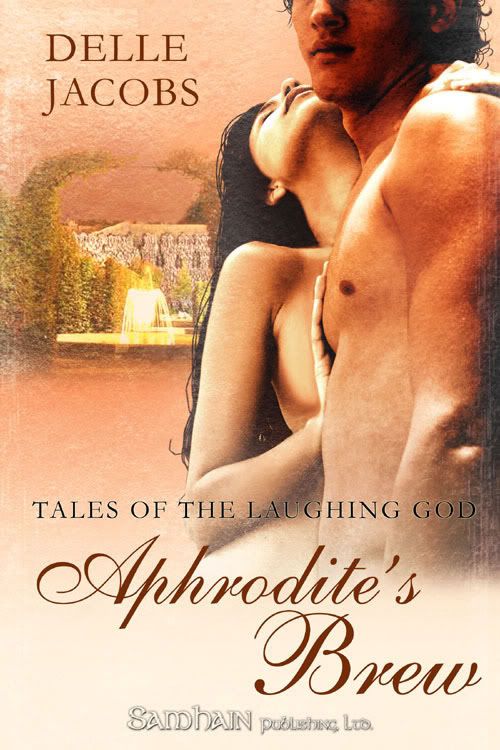
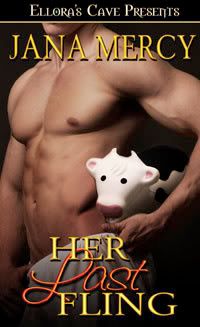
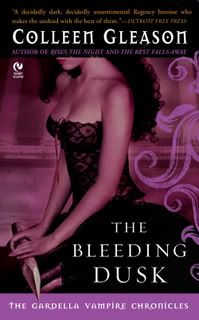
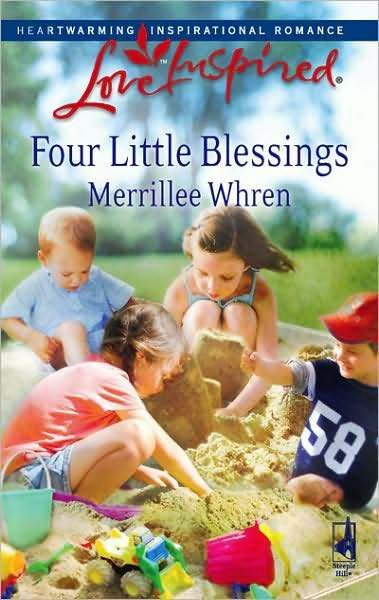
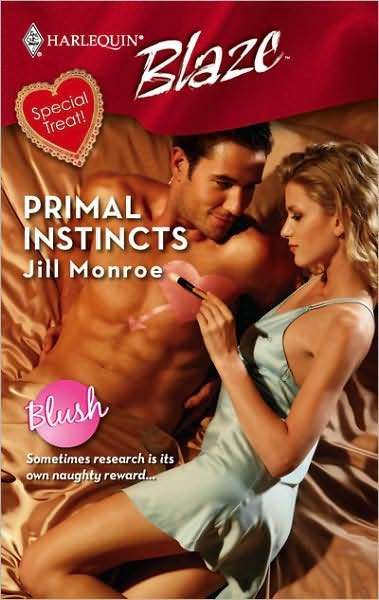
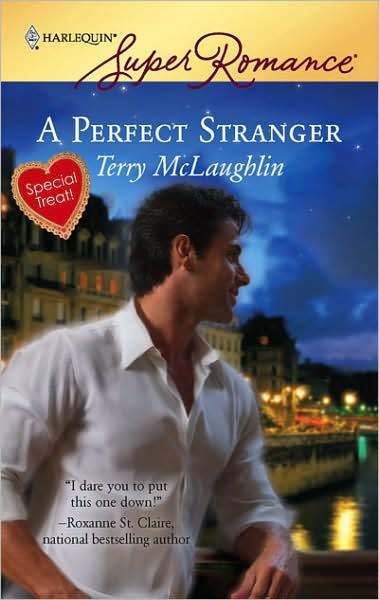


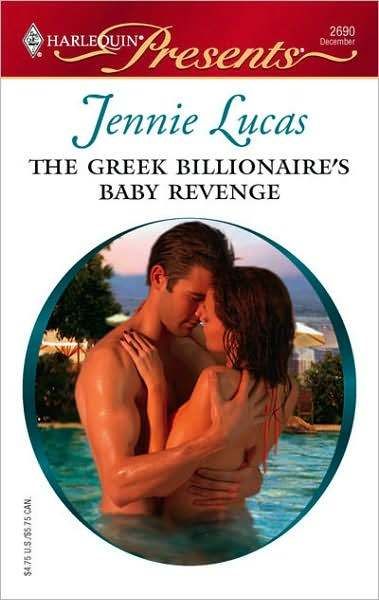
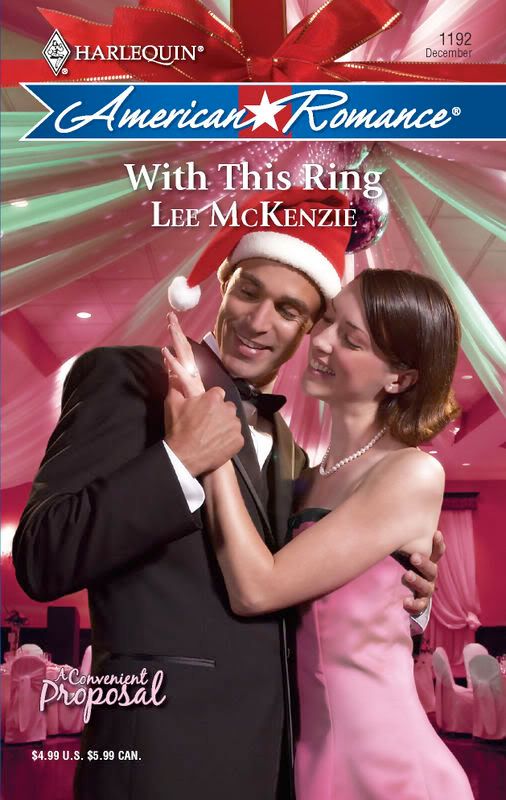

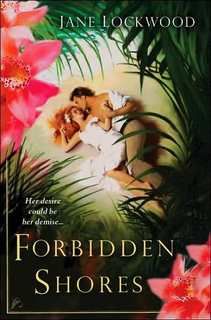
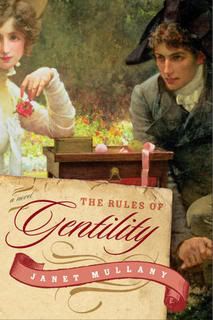
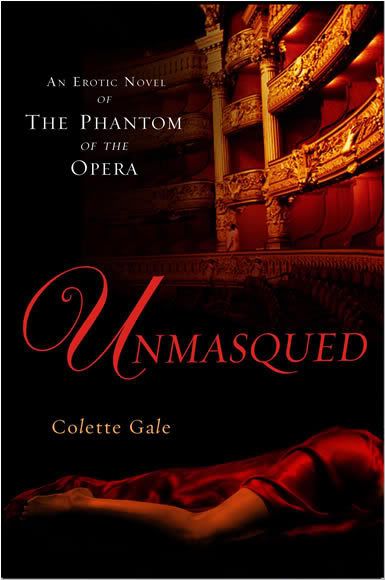
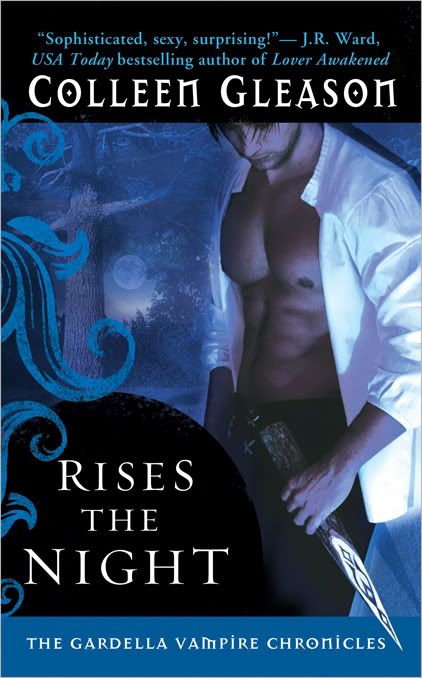
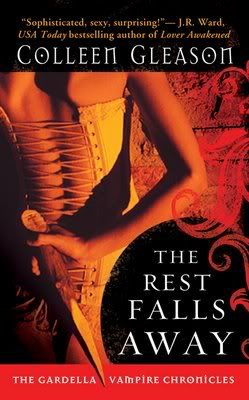
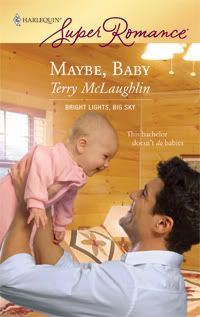
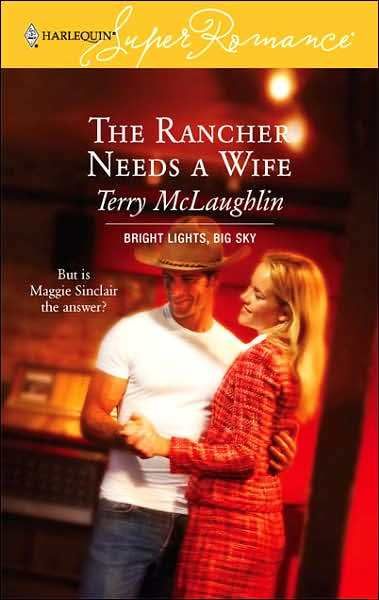
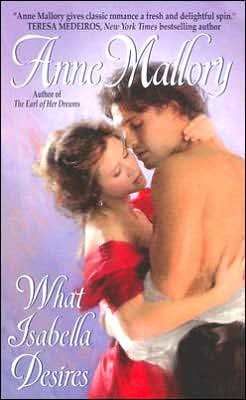
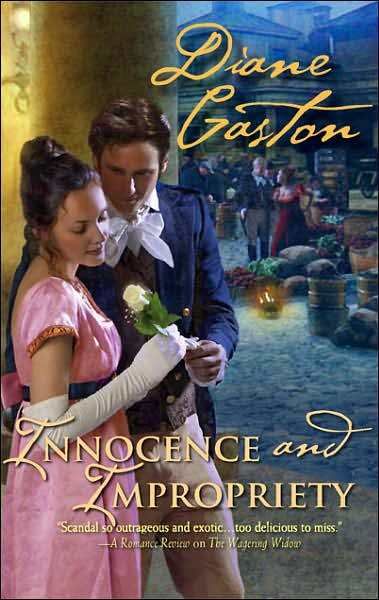

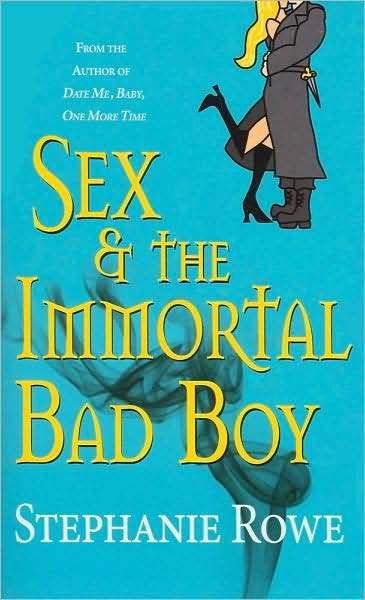
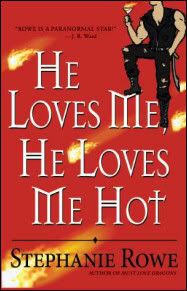

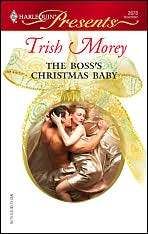
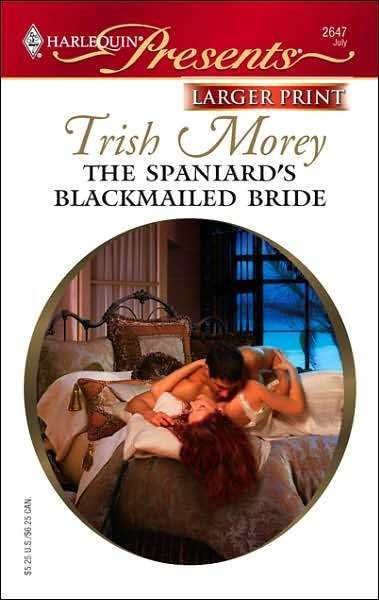
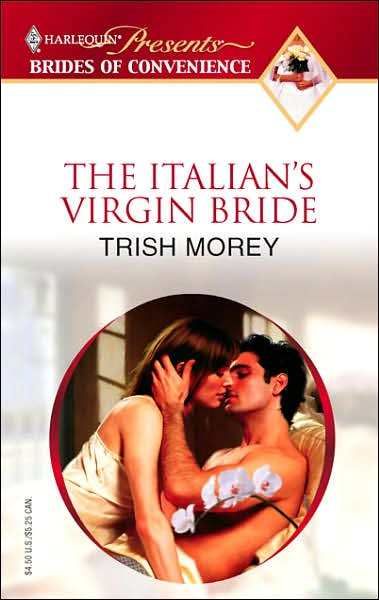
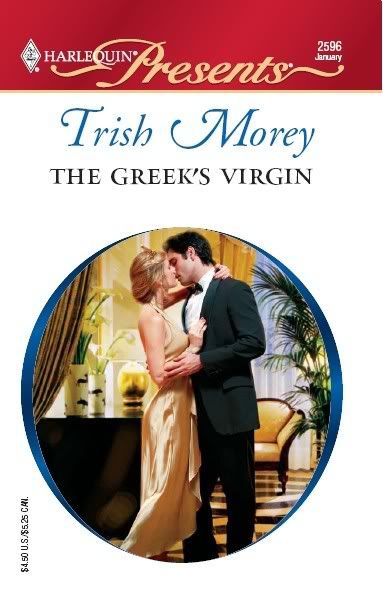

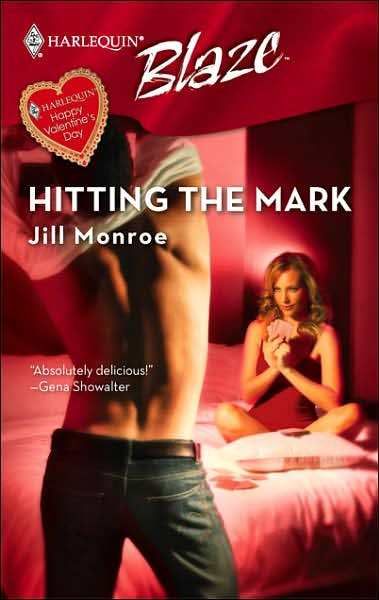
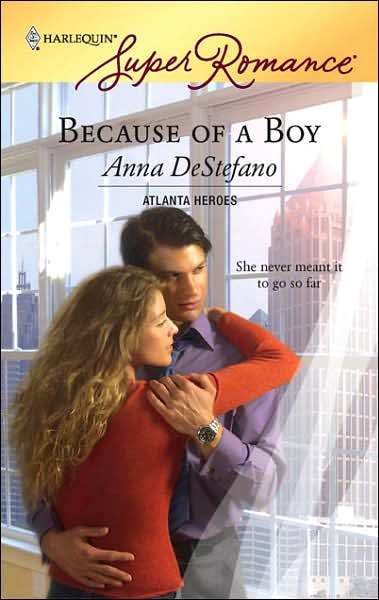



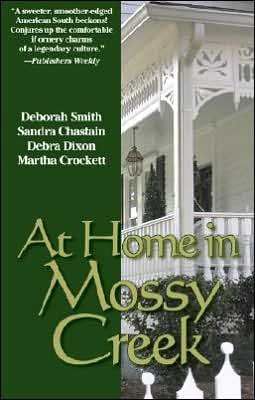
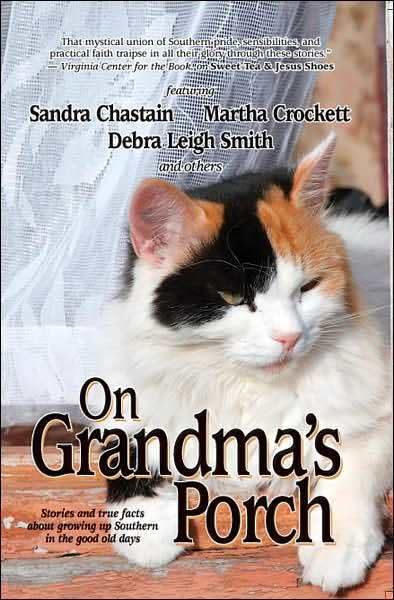
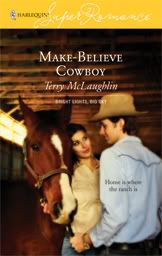

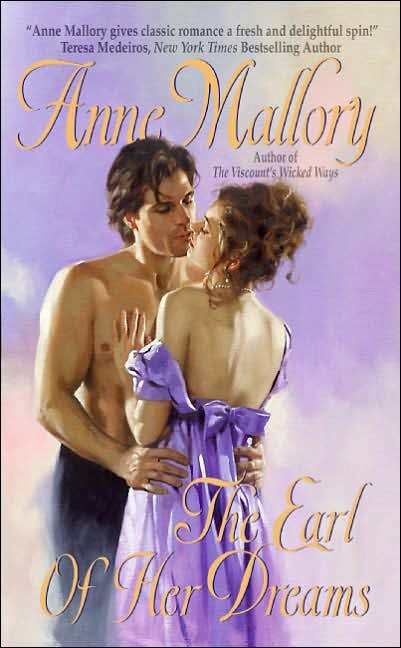
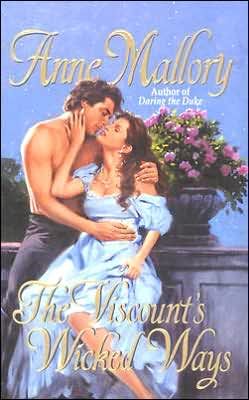

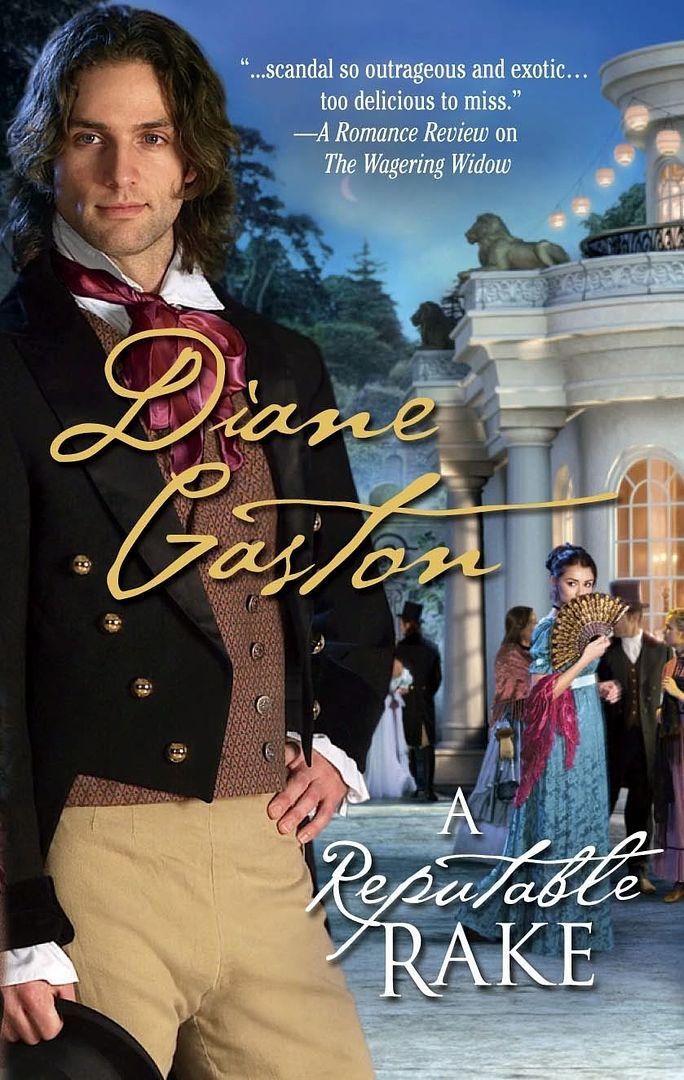
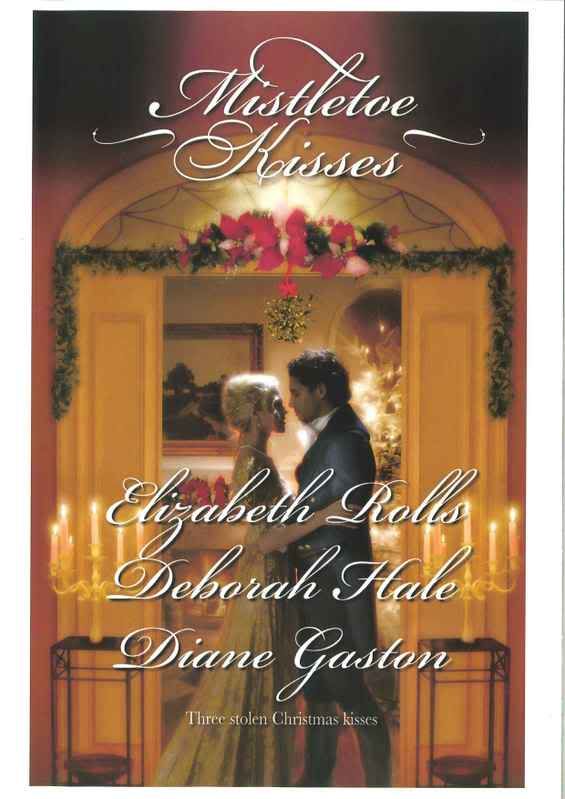
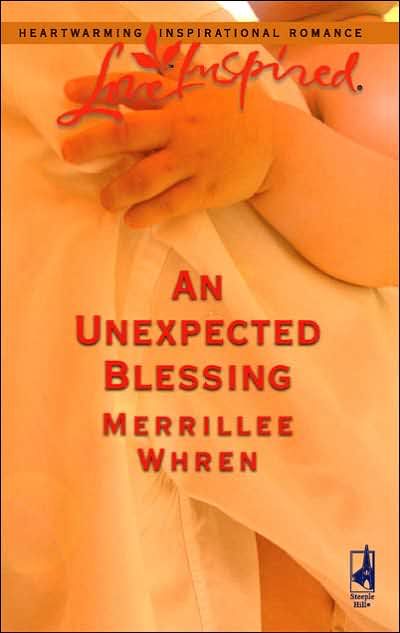
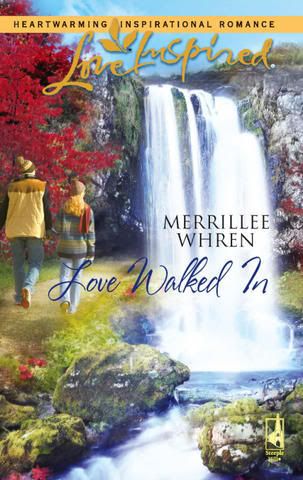
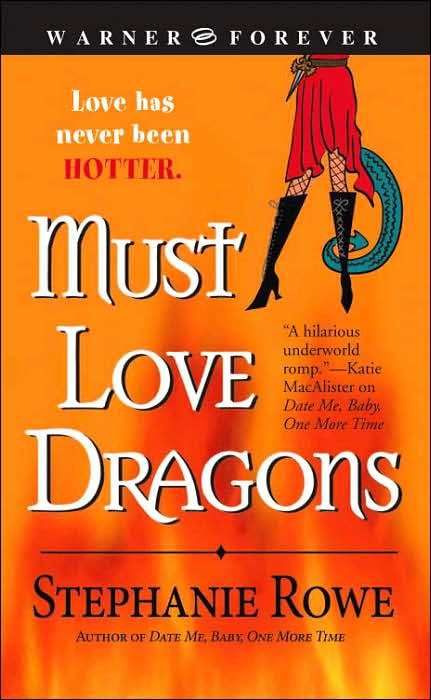
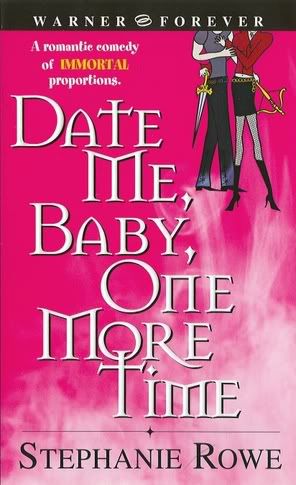

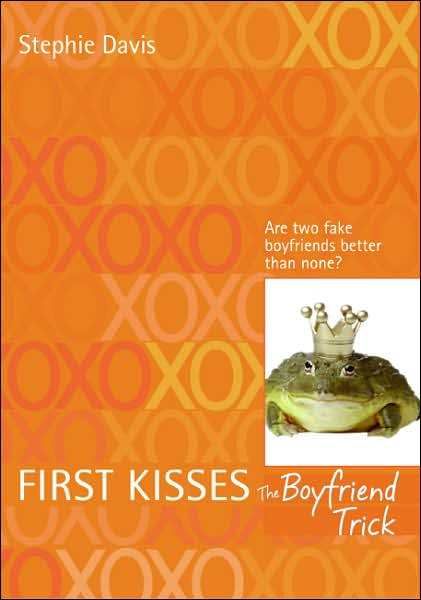
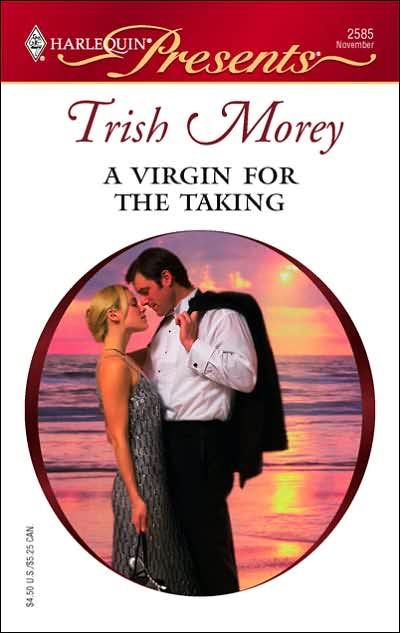
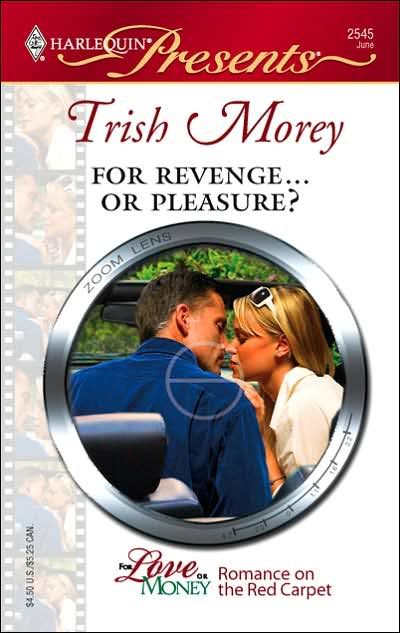
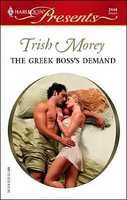
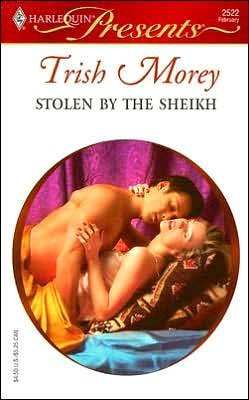
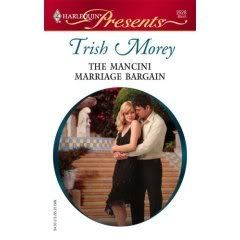

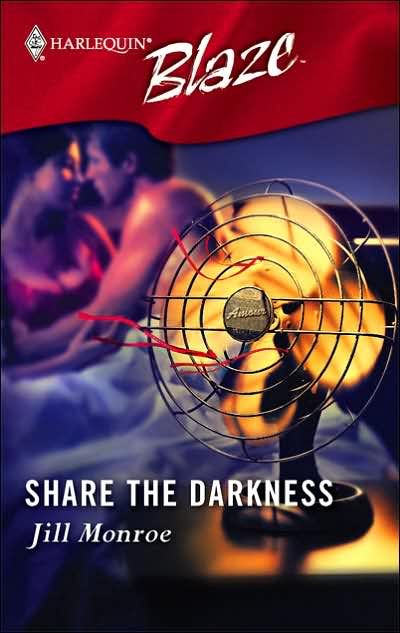
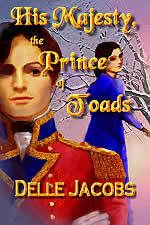
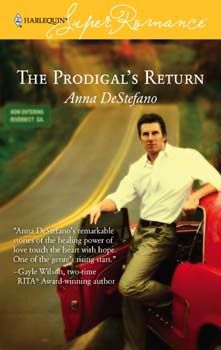

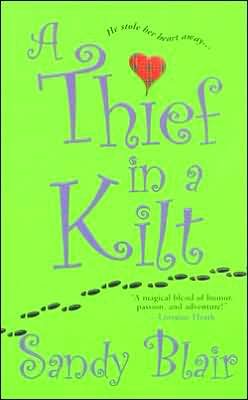
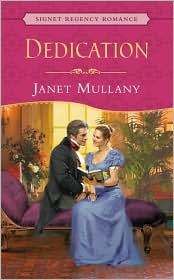
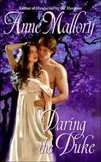
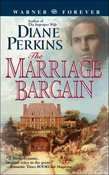
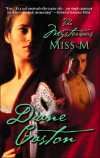

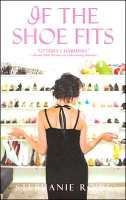

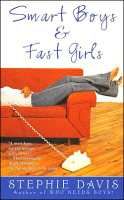



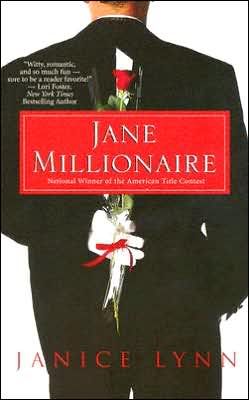

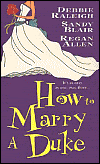
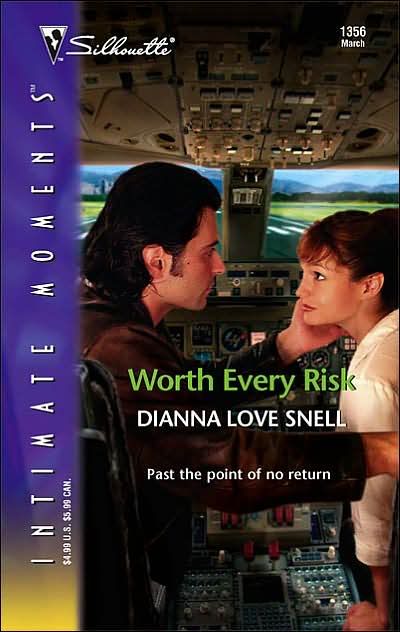

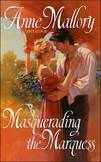
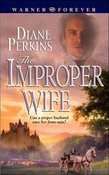
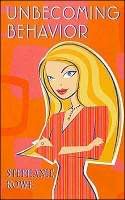
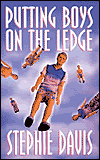


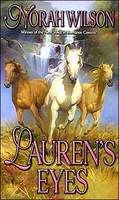
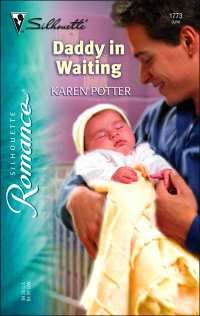
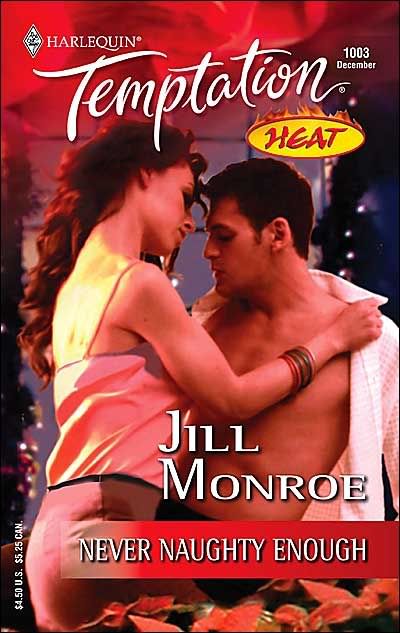





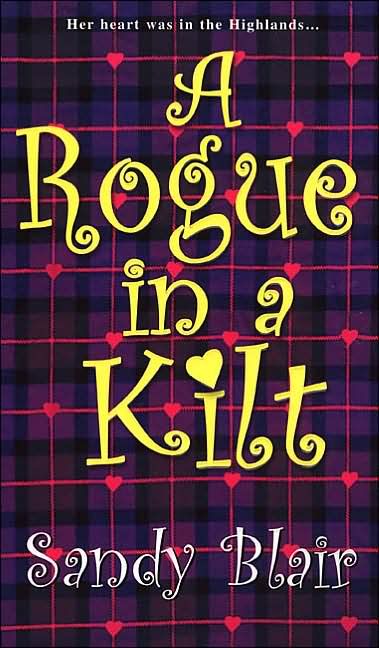
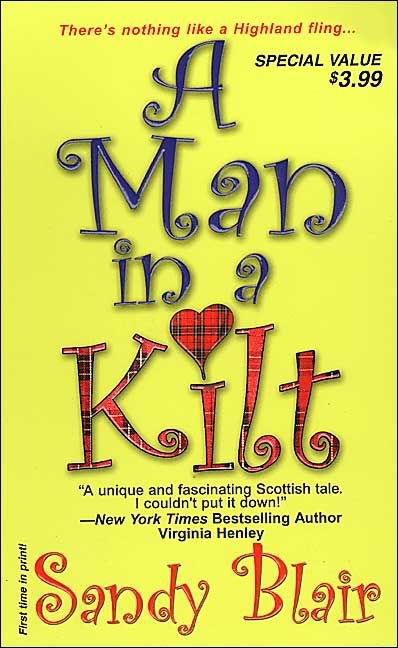
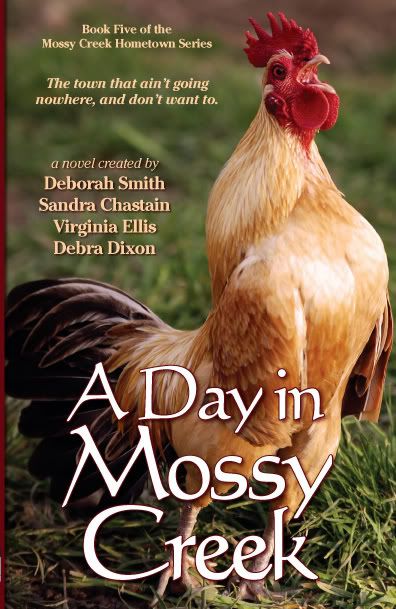

12 Comments:
Karen L King wrote "The Wedding duel" a few years back, and I've always thought she handled subplots brilliantly. There were several running along with the main h/h but it never felt like they overshadowed the central love story.
Let me ask you all a question. I was also going to mention Lisa Kleypas's Mine til Midnight. To me, the undercurrents of Win and Merripen's story are so strong I really did care more about what happened with them than the main h/h. (and I adore L.K., btw, and don't mean to knock her story, it's awesome). But the part that Win and Merripen play is rather small. Is this actually a subplot, or just a part of the story?
This would be my dreadfully roundabout way of asking, how big must a subplot be to be a subplot? Or does the fact that the above couple had no resolution (yet, I hope!) mean it wasn't a subplot?
Happy St. Pat's Day!
gillian, I haven't read Lisa's Mine Til Midnight, because I'm the world's worst read romance writer, but I would guess that Win and Merripen's story was left unresolved because they have a book of their own in the future. Planning to use characters in a future book is another good reason to have a subplot.
I don't think a subplot needs to have a resolution. It could also leave you with a question -- What will happen to Win and Merripen? -- But if it does have a resolution, it is best it not overshadow or distract from the resolution of the main plot.
I think a subplot can be very small. To me a subplot is anything that is or could be a story unto itself, but you might get only a glimpse of it in the book. And its resolution might only be implied.
In The Vanishing Viscountess, the Bow Street Runner has a little story that could be told, the family of wreckers have a story, and the villain has a story. Those are all subplots, but they are little ones.
The important thing, I think, is that the subplot, big or tiny, should enhance the reading experience for the reader.
You know, that's true. I never really considered the bow street runner as a subplot but obviously it was. And I thought the family of wreckers was fascinating--the choices they had to make, etc.
You are funny. There's just not enough time to read everything out there and write too, is there? People are constantly mentioning books I've never picked up. Quite frankly, I'd hate to see my "fan girl" list get any longer...and I did promise husband I'd take it easy on Amazon this month (sigh).
Happy St. Patty's Day, Diane & Gillian :)
Diane, I like your definition of a subplot. I've always thought of subplots in a grander way, but the little stories within our story, that aren't always resolved, (new exciting info to me), make them more accessible.
Thanks for the info.
My subplots usually use parallel plots. I was pleasantly surprised to find this out yesterday when I was working on my Wayback story - they converged so nicely. I'm being a bit more deliberate in my other WIP, with my heroine who worries about what others think parallel with another character who couldn't care less.
Gillian, I am thrilled that my Vanishing Viscountess made it on your TBR pile!
Eden, that idea, that subplots are just little stories within our main story, just hit me this morning when I was answering Gillian. Boom! The idea was there.
Mary, I love it when parallel plots converge! The stories may seem separate but they really aren't. Way to go for making it work!
I tend to use subplots to reveal more about a main characters. For example, that historical I mentioned last week Widow's Kiss, the romance is the main plot, but there's a subplot with the hero's relationship with his prodigal brother.
Thanks, Diane for mentioning the Mossy Creek stories!
Diane, this is a wonderful post and like Eden, I too, hadn't thought of subplots as little stories weaved in... My last story had a bigger subplot but my newest WIP has a smaller story weaved in and I wasn't sure if I could get away with that since I thought I needed to leave their stories unfinished for the next book, but it didn't work out that way. :)
So, what was the last book you read, Diane?
And good point, Mo, that the subplot doesn't have to be another romance...it can be all sorts of family/relative problems...
So, what was the last book you read, Diane?
My friend Deb Marlowe's Scandalous Lord, Rebellious Miss, a Regency Harlequin Historical and a very good book, I might add!
Before that I slogged through 8 RITA books, judging for the contest and that was more reading than I'm used to!
I do tend to dip into my research books a lot, maybe not reading them all the way through but reading what interests me.
Good heavens, Diane, if you judged the Ritas then I'd say you've been reading plenty! That's a great deal more intense than simply reading for pleasure, I would imagine.
Another thought, ladies--do you think any subplot is overdone or needs to be handled carefully? Or is it all just a matter of what's appropriate to the story?
Thank goodness for my CP Gillian! She has asked all of the good questions. And you and your compatriots have answered them beautifully, O Divine One!
Which is better - a contrasting subplot or one that is in the same tone as the main plot? I mean does a dark main plot need a comedic subplot or vice versa?
Another thought, ladies--do you think any subplot is overdone or needs to be handled carefully? Or is it all just a matter of what's appropriate to the story?
I think a subplot can overshadow the main plot and, in so doing, I think it weakens the book. I read a book by a very popular author where this happened-at least in my opinion-and it was not a satisfying read for me.
So I think you have to keep this in mind when you are writing.
But I think you shouldn't think about it too much. Just write the first draft and then see what happens with your subplots. Fix them later.
Post a Comment
<< Home
Subscribe to Post Comments [Atom]